Tag: Non-Cooperation
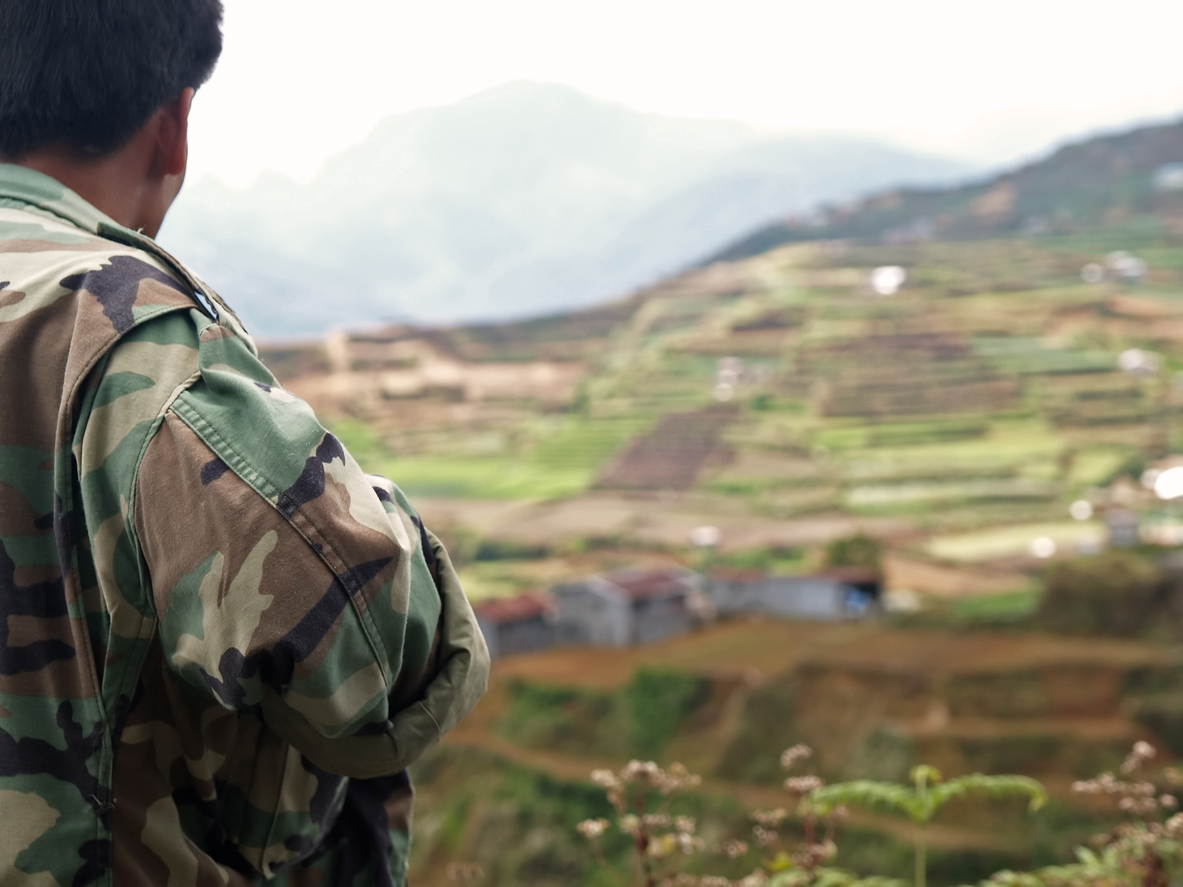
Philippines Armed Forces Resist a Dictatorship
Time Period: 1982-1986Location: The PhilippinesMain Actors: Armed Forces of the Philippines, Reform of the Armed Forces Movement (RAM), Fidel Ramos, Juan Ponce EnrileTactics - Selective refusal of assistance by government...
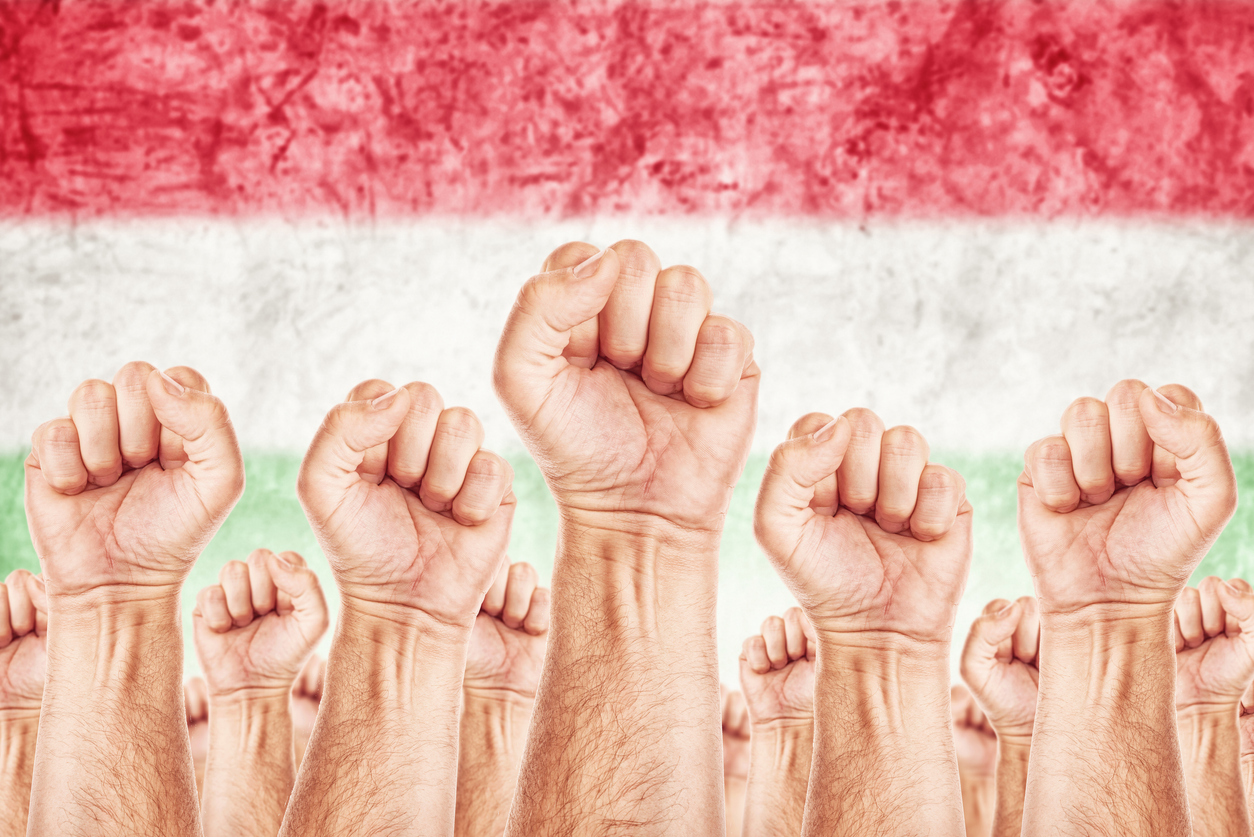
Teachers in Hungary Oppose Democratic Backsliding
Time Period: 202-2024Location: Budapest, HungaryMain Actors: Tanítanék NGO, Hungarian teachers, students, and parentsTactics - Assemblies of protest or support - Human chains - Destruction of Government Documents Hungarian democracy has...

The Quakers Advance Democracy in the US Civil Rights Movement
Time Period: 1956-1968Location: Montgomery & Birmingham, AL; Prince Edward County, VA; Washington, DC; Cape May, NJ; New Delhi, IndiaMain Actors: American Friends Service Committee, Bayard Rustin.Tactics - Publishing Dissenting Literature...
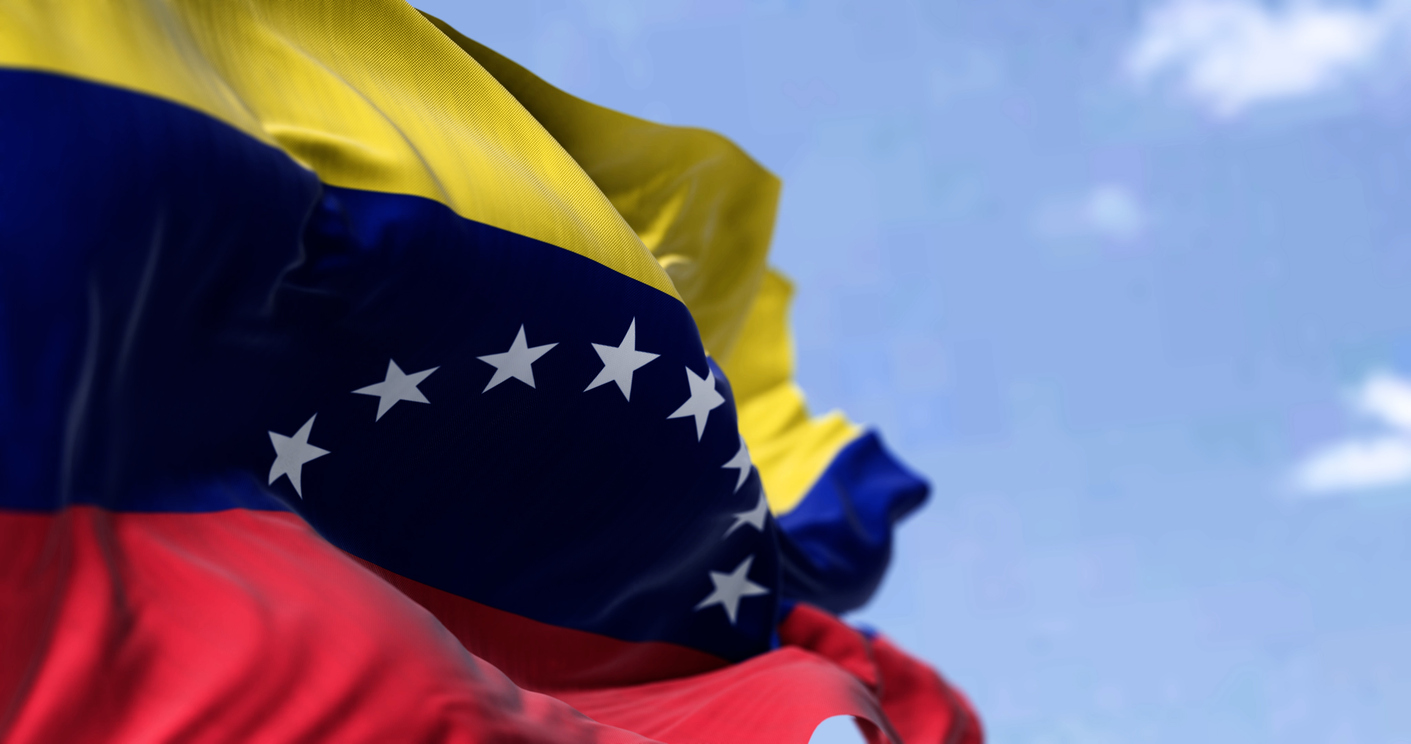
Venezuelan Military Officers Refuse Honors from a Dictator
Time Period: June 2000Location: VenezuelaMain Actors: Venezuelan Military OfficersTactics - Selective social boycott Venezuela began a long, sad road towards authoritarianism and economic crisis during Hugo Chávez’s presidency (1999-2013). The...
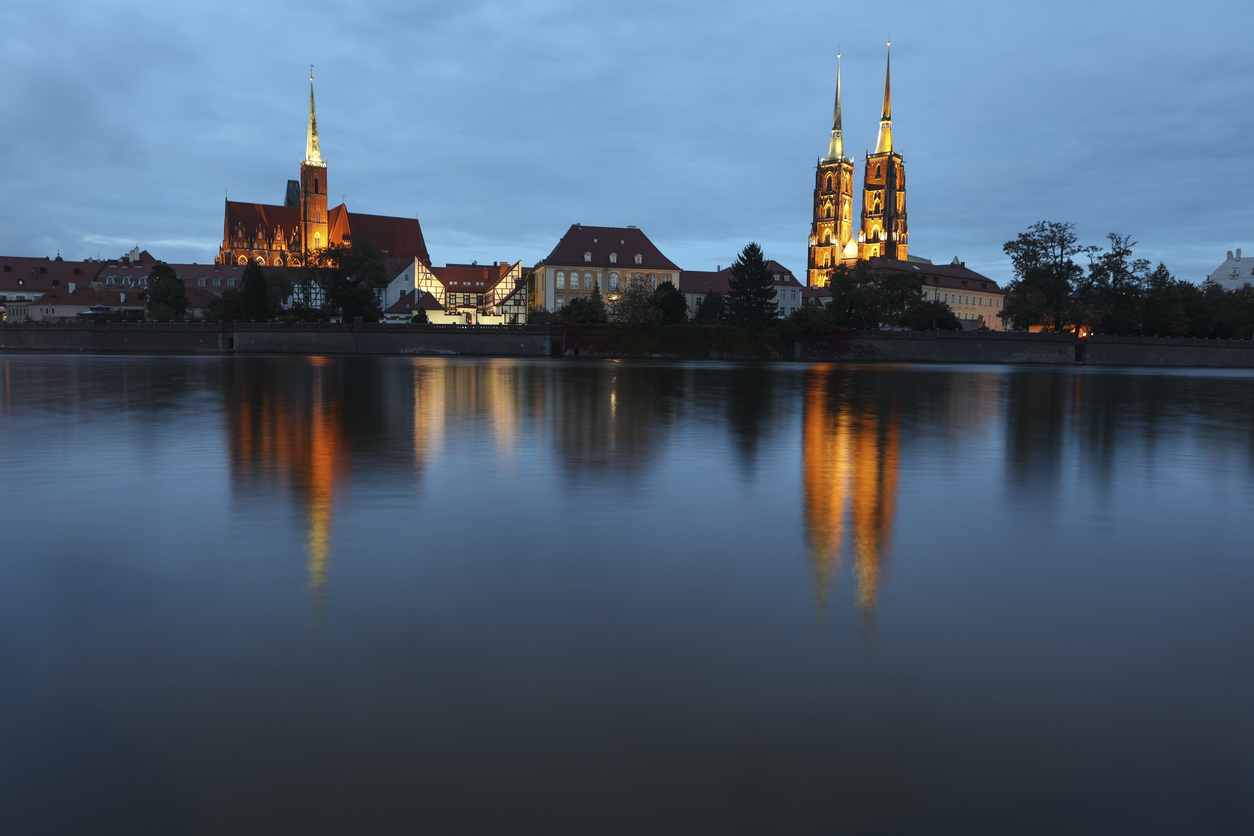
Polish Bishops Refuse to Support Authoritarianism
Time Period: 2016-2023Location: Poland, especially WarsawMain Actors: Polish Episcopal ConferenceTactics - Declarations by organizations and institutions - Public speeches - Boycotts of social affairs Poland became less free and democratic...

Brazilian Doctors Strike for Healthcare Reform and Democracy
Time Period: 1977-1981Location: BrazilMain Actors: Brazilian Doctor’s UnionTactics - Professional Strike - Slowdown Strike - Marches - Establishing new social patterns In 1964, a military coup overthrew Brazil’s democratically elected...

Polish Judges Resist Attacks on the Rule of Law
Time Period: 2016-2021Location: Poland, especially Warsaw; Brussels, BelgiumMain Actors: Polish Judges Association Iustitia, Association of Judges Themis, Wolne Sądy lawyers group, Polish Constitutional Tribunal, Polish Supreme CourtTactics - Civil disobedience...

Unions Light the Candle of Democracy in South Korea
Time Period: 2016-2017Location: South Korea, especially SeoulMain Actors: Korean Federation of Trade Unions (KCTU), People’s Action for the Immediate Resignation of President ParkTactics - Vigils - General Strikes In the...
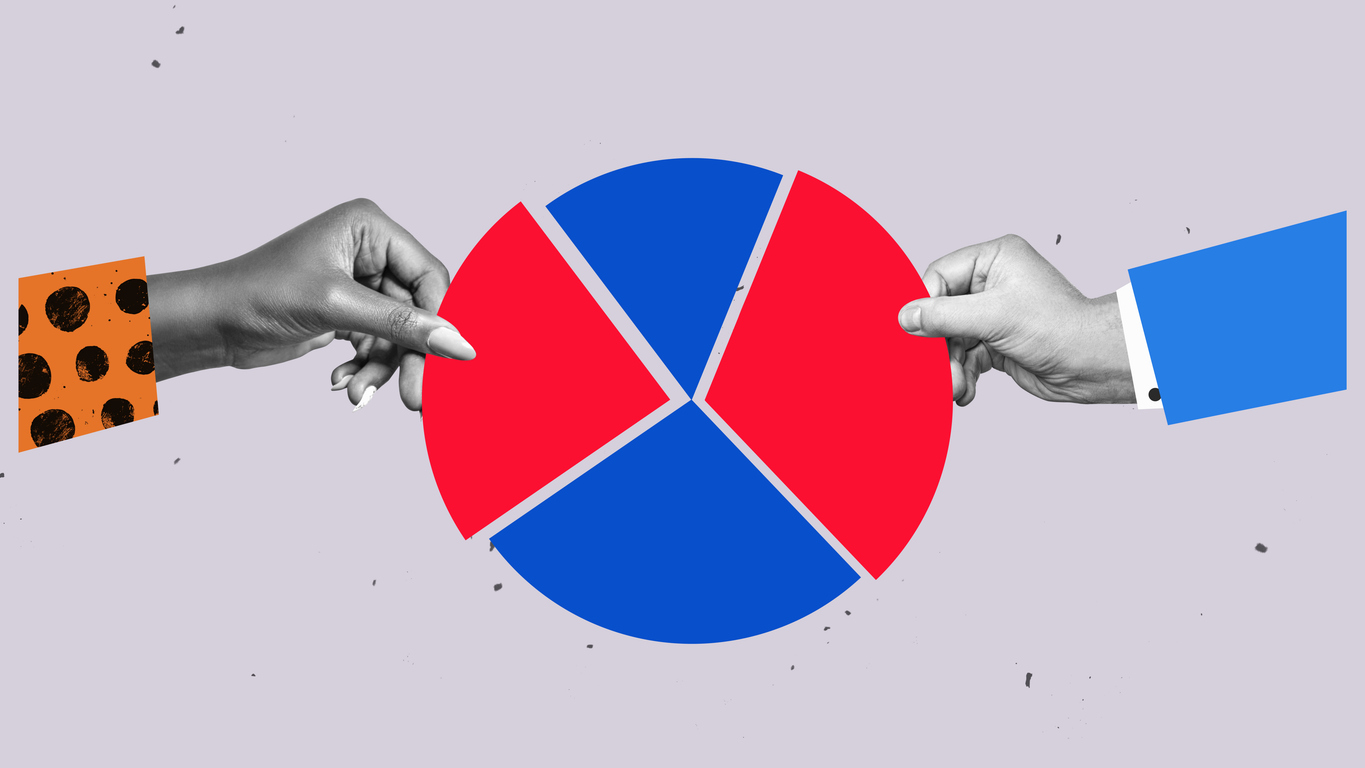
Venezuelan Businesses Fight a Rising Dictator
Time Period: November 2001 - April 2002Location: Venezuela, CaracasMain Actors: Venezuelan Federation of Chambers of Commerce and Production/Federación de Cámaras y Asociaciones de Comercio y Producción de Venezuela (Fedecámaras)Tactics -...
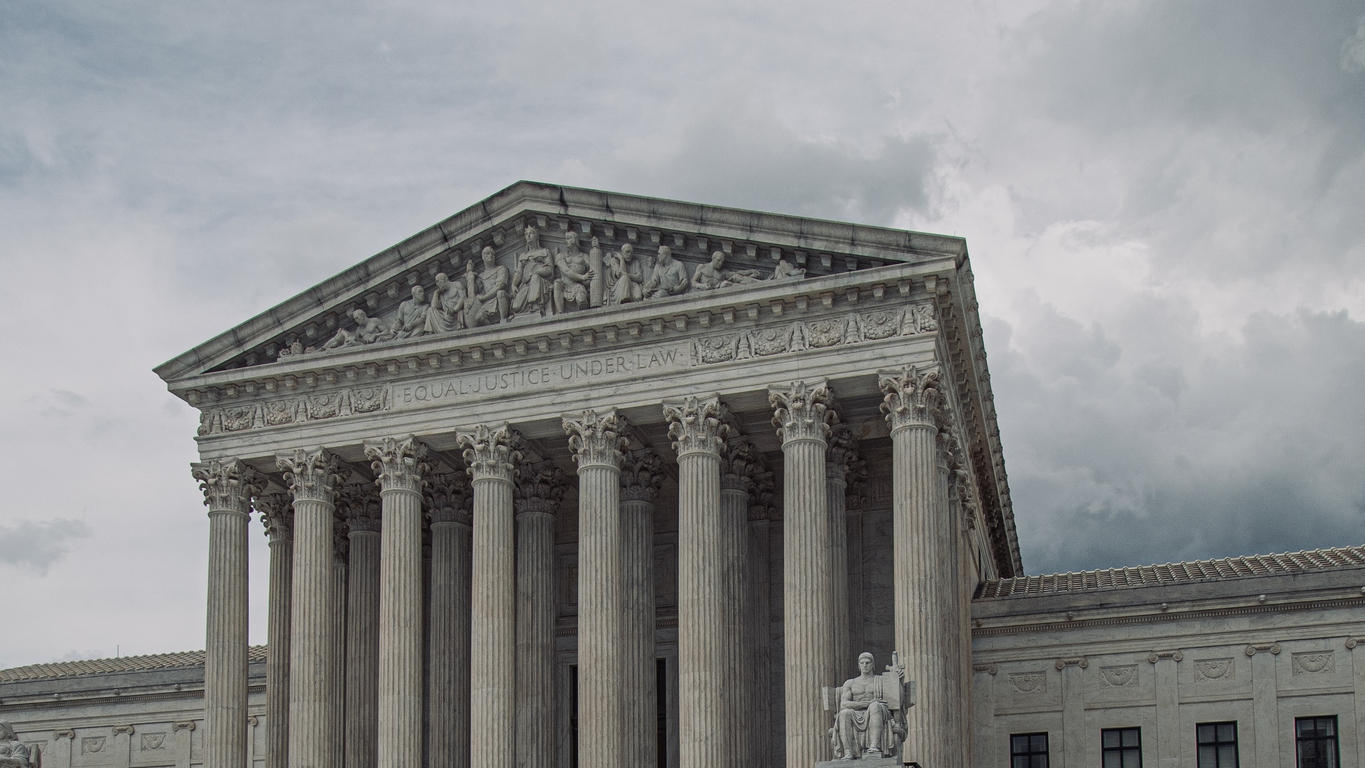
Comparative Caselets: The Civil Service as a Pillar of Support
Time Period: 1920-2023Location: USA, Canada, Germany, Guinea-Bissau, FijiMain Actors: Current and former Department of Justice employees; American Federation of Government Employees (AFGE); National Treasury Employees Union (NTEU); Transportation Safety Administration...
